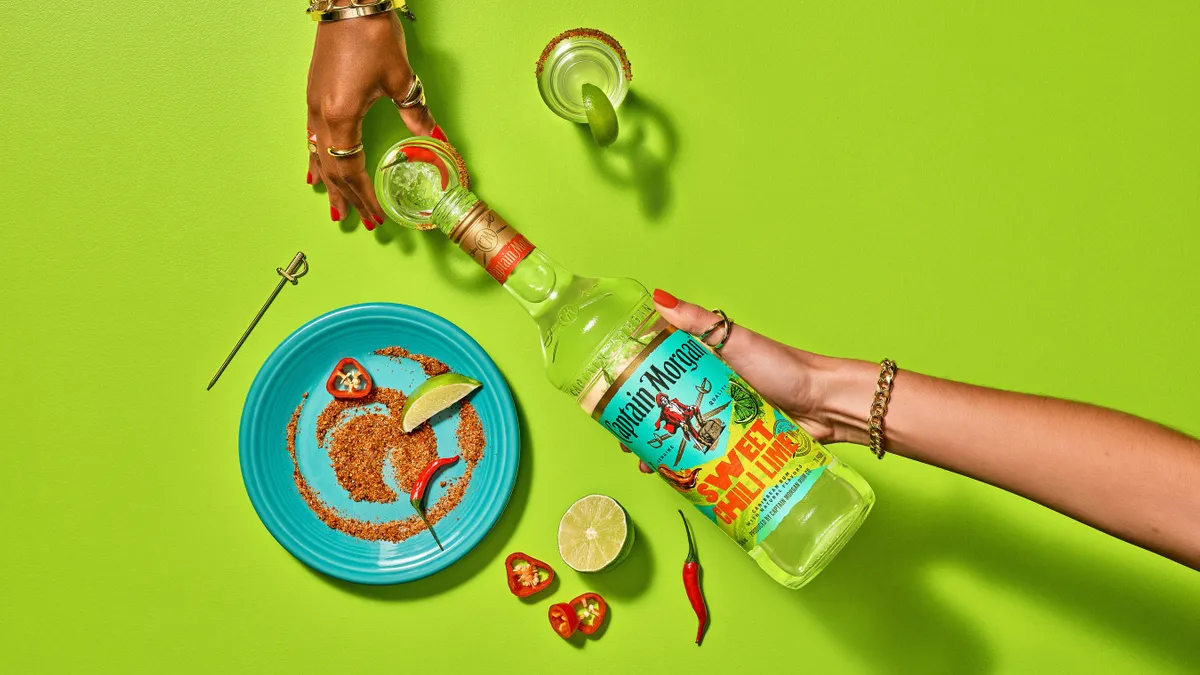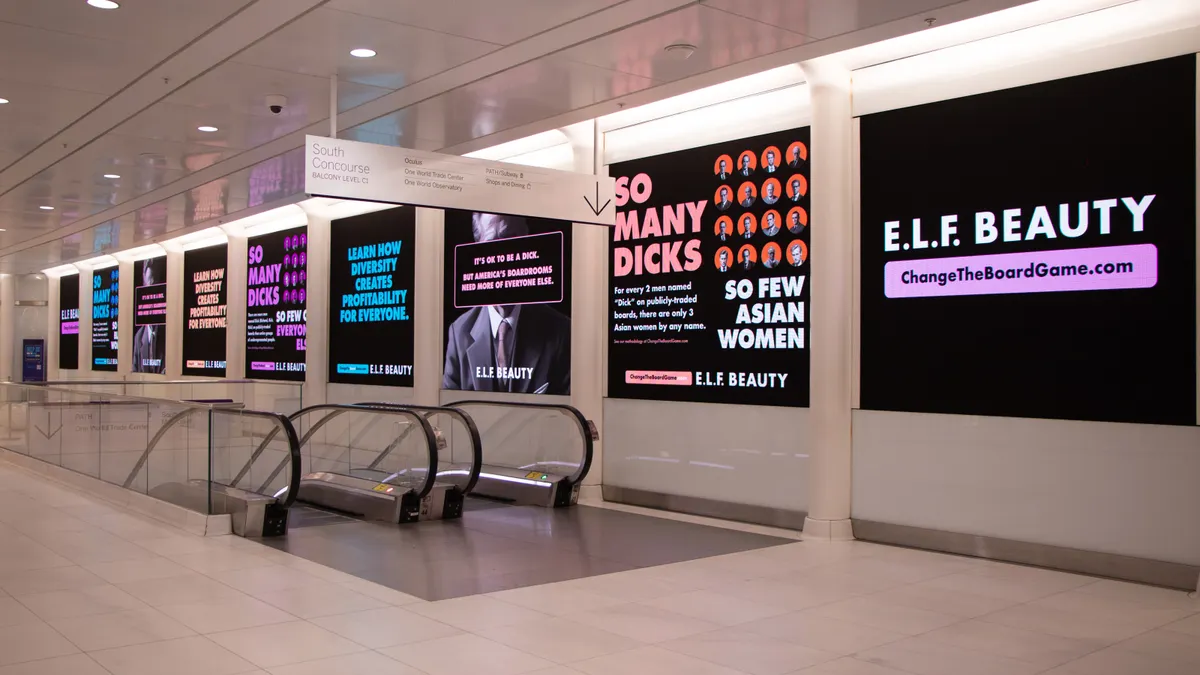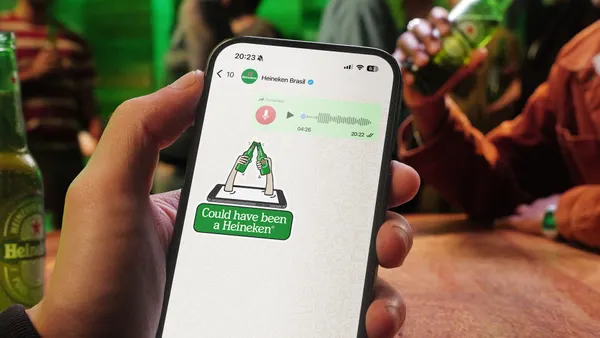Dive Brief:
- Twitter has released new APIs to broaden access to developers creating customer service chatbots in its Direct Messages, according to a blog post by Twitter group product manager Ian Cairns. Cairns said the tools enable faster and richer conversations between Twitter users and brand chatbots in private Direct Messages as well as public Tweets.
- Marketing Land reported the enhanced developer tools build upon Direct Messages chatbots that have been available since November to a limited number of sanctioned brands or brands relying on third-party marketing software from around a dozen approved companies such as Spredfast, Sprinklr and Sprout Social.
- Twitter also divulged it’s testing features involving custom profiles that override default avatars and customer feedback cards, allowing businesses to collect feedback on the Twitter experiences they provide. Twitter is currently soliciting developers' opinions on the features.
Dive Insight:
Twitter, despite its bent toward customer service, was late to the chatbot game and a smaller champion of the conversational technology, but that might be changing with the latest updates. Discoverability and practical applications have been a major gap for chatbots across the board, but more accessible, robust tools for developers might result in smarter products.
Twitter’s API updates also come against a backdrop of strained relationships with developers. TechCrunch detailed the social media company has aggravated the developer community with reversals on third-party apps, developer conferences and developer tools.
As brands continue to dabble with AI-fueled conversations, growing pains remain readily apparent. Facebook Messenger, for its part, is tweaking its chatbot program after bots on the app failed to correctly respond to 70% of users’ requests. Even when chatbots do respond accurately, VentureBeat pointed out their skills are typically contained to specific platforms, making them not as functional as they could be to consumers toggling between multiple platforms and devices.
More than 30,000 chatbots have been dispatched onto platforms like Messenger, and Facebook has been constantly improving Messenger chatbot capabilities. Most recently, the social media giant introduced new chatbot tools for reservation and shipping updates.
For marketers, the public is also generally unaware that brands are trying to assist them with the automated aides, although people don’t seem opposed to them, at least in theory. The platforms that get chatbots right stand to gain windfalls from brands that continue to invest in them, despite current challenges with adoption and ease of use.











